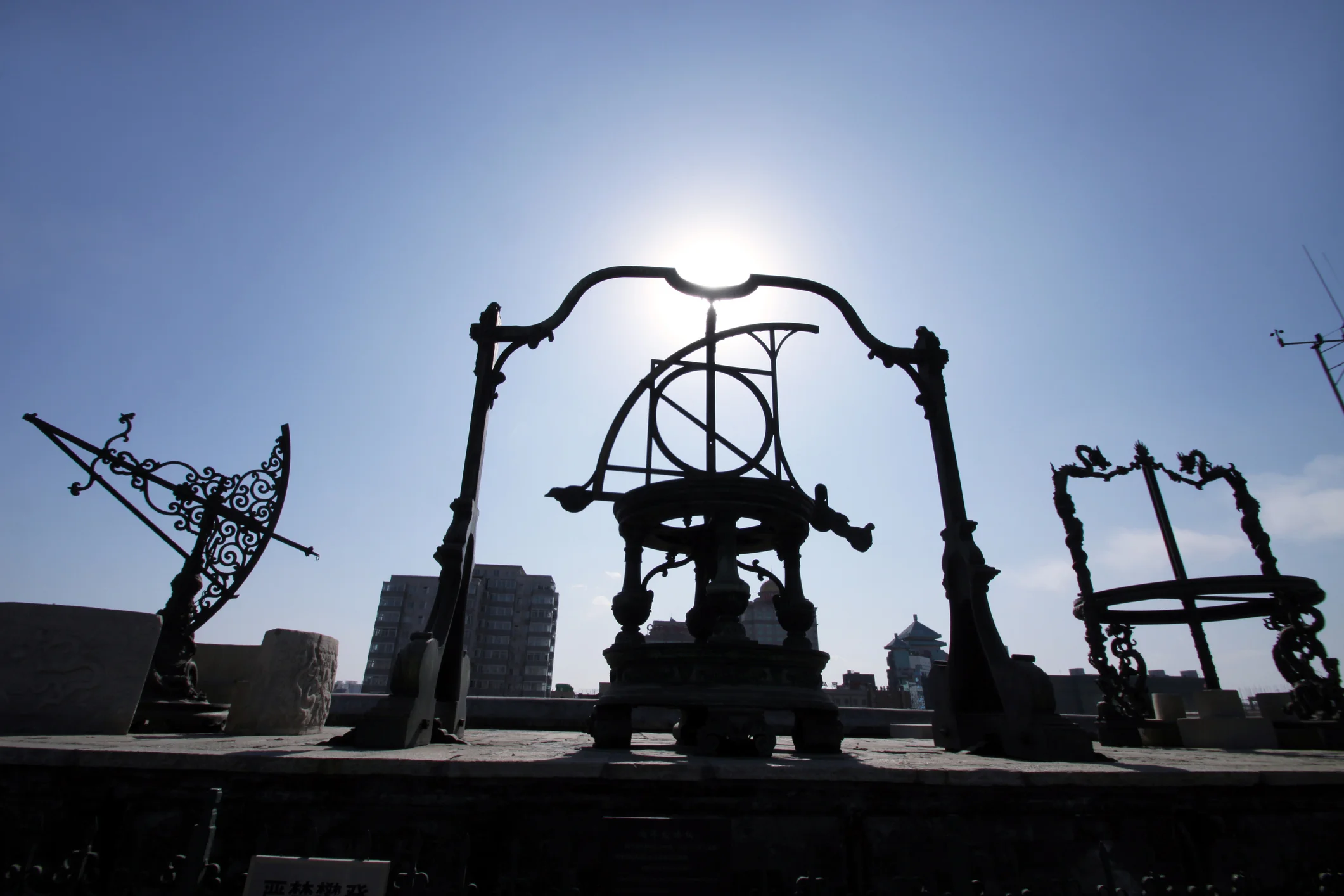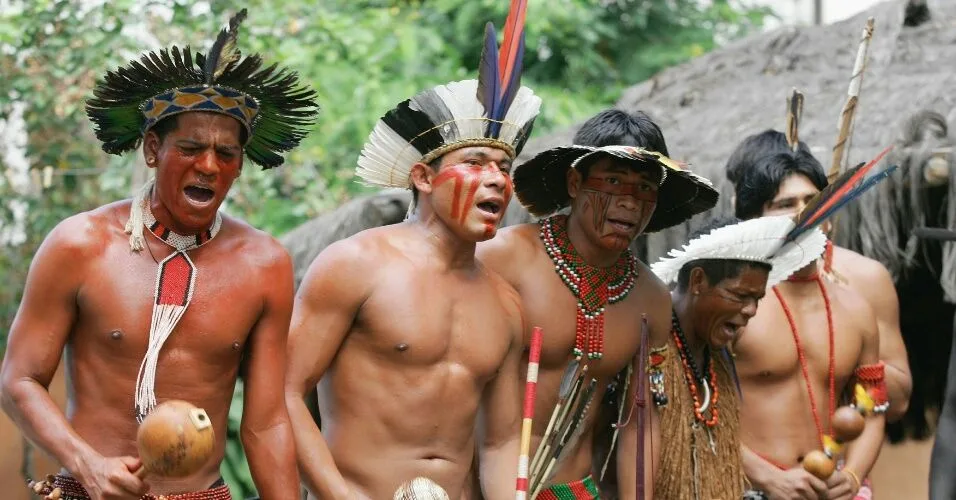Throughout human history, the concept of time has captivated our imagination, giving rise to powerful deities who governed the cycles of existence, mortality, and eternity.
Ancient civilizations across the globe developed complex mythologies centered around temporal forces, creating gods and goddesses who wielded control over past, present, and future. These divine beings represented humanity’s attempt to comprehend the inexorable march of time and our place within its cosmic flow. From the sands of Egypt to the mountains of Greece, temporal deities emerged as central figures in understanding creation, destruction, and the cyclical nature of existence itself.
⏳ The Universal Fascination with Time Deities
Time deities occupied a unique position in ancient pantheons, serving as bridges between mortal understanding and cosmic mysteries. Unlike gods of war, love, or nature, temporal deities represented an abstract yet inescapable force that touched every aspect of existence. These divine chronologists were often depicted as both creators and destroyers, embodying the dual nature of time as both preserver and eraser.
The veneration of time gods reflected deeper philosophical questions that plagued ancient minds: What came before creation? Will time ever end? Can the flow of moments be altered or stopped? These questions gave birth to elaborate mythological frameworks that attempted to explain temporal phenomena through divine narrative.
Interestingly, many cultures independently developed similar concepts around temporal deities, suggesting a universal human need to personify and understand time’s passage. This convergent evolution of mythological chronologies reveals fundamental truths about how humans perceive and process the concept of temporal progression.
🏛️ Chronos and Kairos: Greek Conceptions of Time
Ancient Greek mythology presented two distinct personifications of time, each representing different aspects of temporal experience. Chronos, often confused with the Titan Kronos, embodied chronological time—the sequential, measurable progression of moments. This primordial deity emerged from the cosmic void at creation’s dawn, wielding power over the linear flow of existence.
Chronos was typically depicted as an elderly, wise man with a long beard, carrying an hourglass or zodiac wheel. His serpentine form in some traditions represented the circular, eternal nature of time, constantly consuming itself while simultaneously regenerating. The Greeks recognized that Chronos was impartial and unstoppable, affecting mortals and immortals alike with inevitable aging and change.
In contrast, Kairos represented qualitative time—the opportune moment, the right time for action. While Chronos measured duration, Kairos measured significance. This younger deity symbolized the critical moments when fate could be influenced, when decisions held maximum weight. Ancient Greeks understood that while Chronos marched forward relentlessly, Kairos offered fleeting windows of opportunity within that progression.
The Titan Kronos: Time Through Succession
The Titan Kronos (Saturn in Roman mythology) represents another temporal dimension in Greek thought—generational time and cyclical succession. Though distinct from Chronos, the linguistic similarity created lasting confusion. Kronos overthrew his father Ouranos and was subsequently overthrown by his son Zeus, embodying the inevitable replacement of one era by another.
Kronos’s famous act of devouring his children symbolized time consuming all things, a metaphor for how each generation is eventually superseded by the next. His eventual defeat and imprisonment in Tartarus represented the establishment of a new temporal order under Zeus’s reign, marking the transition from primordial chaos to structured cosmic governance.
🌅 Egyptian Temporal Deities: Cycles and Eternity
Ancient Egyptian civilization developed sophisticated temporal concepts reflected in their divine pantheon. The Egyptians viewed time as both cyclical and eternal, with gods embodying different aspects of temporal existence. Their mythology revealed a culture deeply concerned with immortality, continuity, and the rhythmic patterns of natural phenomena.
Heh, the god of infinity and eternity, personified endless time. Depicted kneeling while holding palm ribs symbolizing years, Heh represented the Egyptian hope for eternal existence. His image frequently appeared in temples and tombs, invoking timelessness and perpetual renewal for the deceased in the afterlife.
Neheh and Djet represented two distinct Egyptian time concepts: Neheh symbolized cyclical, renewable time—the eternal return of solar cycles, seasonal floods, and agricultural patterns. Djet embodied linear, completed time—the unchanging permanence of the afterlife and achieved eternity. Together, these concepts formed a complete temporal philosophy balancing change and permanence.
Ra’s Daily Journey: Solar Time
The sun god Ra’s daily journey across the sky provided the Egyptians with their primary temporal framework. His voyage through the twelve hours of daylight, followed by his nightly passage through the underworld’s twelve hours, created a cosmic clock that structured all existence. This solar chronology connected divine action directly to observable temporal phenomena.
Ra’s daily rebirth each morning symbolized cyclical renewal, assuring Egyptians that time itself was regenerative rather than purely degenerative. This optimistic temporal worldview profoundly influenced Egyptian culture, encouraging elaborate preparation for afterlife continuation rather than viewing death as ultimate ending.
🕉️ Hindu Concepts: Kala and Cosmic Cycles
Hindu mythology presents perhaps the most elaborate temporal cosmology among ancient religions. Kala, meaning both “time” and “black” or “death,” represents time as an all-consuming force. The deity Kala appears in various forms throughout Hindu texts, sometimes as an aspect of Shiva, sometimes as an independent cosmic principle.
The Hindu concept of cyclical cosmic time operates on a scale that dwarfs Western temporal frameworks. The universe undergoes endless cycles of creation and destruction called kalpas, each lasting 4.32 billion years. Within these vast cycles exist smaller divisions: yugas (ages), manvantaras (periods), and individual lives subject to reincarnation across time.
Shiva, in his aspect as Mahakala (“Great Time”), performs the cosmic dance of destruction and recreation. His Tandava dance symbolizes the rhythmic cycles of creation, preservation, and dissolution that define existence. This portrayal emphasizes time’s destructive aspect as necessary for renewal—nothing new can emerge without the old being cleared away.
The Yugas: Ages of Decline
Hindu chronology divides cosmic time into four yugas of progressively declining dharma (righteousness): Satya Yuga (Golden Age), Treta Yuga, Dvapara Yuga, and Kali Yuga (Dark Age). This cyclical degeneration continues until destruction initiates renewal, beginning the cycle anew. Currently, Hindu tradition places humanity in Kali Yuga, the age of conflict and spiritual darkness.
This framework provided ancient Hindus with a comprehensive temporal context for understanding historical change and moral decline. Rather than viewing history as progressive improvement, Hindu chronology acknowledged cycles of rise and fall, golden ages and dark times, reflecting observable patterns in civilizational development.
⚡ Norse Mythology: Fate and the Norns
Norse mythology approached temporal divinity through the concept of fate rather than time itself. The Norns—three mysterious female beings named Urd (Past), Verdandi (Present), and Skuld (Future)—controlled destiny by weaving the threads of fate for gods and mortals alike. These powerful entities dwelled at the Well of Urd beneath Yggdrasil, the World Tree.
Unlike other temporal deities who simply measured or embodied time’s passage, the Norns actively shaped outcomes through their weaving. This conception linked time intrinsically to fate and causality—the past constrains the present, which shapes the future. Even the gods could not escape the Norns’ decrees, emphasizing fate’s supremacy over divine will.
The Norse concept of Ragnarök—the prophesied end of the world—represented a unique temporal eschatology. Unlike cyclical Hindu cosmology or eternal Greek conceptions, Norse mythology envisioned a definitive ending followed by renewal. This apocalyptic chronology reflected the harsh realities of Scandinavian existence, where survival was never guaranteed and catastrophe loomed perpetually.
🌙 Mesopotamian Time Keepers
The ancient Mesopotamian civilizations of Sumer, Akkad, Babylon, and Assyria developed sophisticated astronomical observations that informed their temporal deities. Shamash, the sun god, provided daily time measurement, while Sin, the moon god, governed monthly cycles that structured the lunar calendar still influential in modern timekeeping.
Mesopotamian ziggurat temples functioned as both religious centers and astronomical observatories. Priests meticulously tracked celestial movements, recording patterns that allowed prediction of seasonal changes, eclipses, and planetary positions. This practical timekeeping merged seamlessly with religious observation, making temporal measurement a sacred duty.
The Mesopotamian creation epic Enuma Elish describes how Marduk established temporal order after defeating primordial chaos. He assigned celestial bodies their courses, creating the framework for calendars, seasons, and years. This mythological narrative legitimized the calendar systems that structured agricultural, commercial, and religious life throughout the region.
🎭 Aztec Temporal Complexity: Multiple Calendar Systems
Aztec civilization developed extraordinarily complex temporal systems involving multiple interlocking calendars. The tonalpohualli, a 260-day sacred calendar, intertwined with the xiuhpohualli, a 365-day solar calendar. These systems combined to create a 52-year calendar round, at the completion of which Aztecs performed the New Fire Ceremony to prevent cosmic destruction.
Aztec cosmology envisioned multiple creations and destructions, with humanity currently living in the Fifth Sun era. Each previous sun (era) had ended catastrophically—by jaguars, wind, fire, and flood respectively. This apocalyptic chronology created constant temporal anxiety, requiring regular sacrifices and rituals to sustain the current sun and delay inevitable destruction.
Tonatiuh, the sun god, demanded nourishment through human sacrifice to continue his daily journey across the sky. This gruesome requirement connected timekeeping directly to religious obligation—the continuation of time itself depended on proper ritual observance. Such beliefs demonstrate how deeply temporal concerns could penetrate a society’s fundamental values and practices.
🌟 The Philosophy Behind Temporal Deities
Across cultures, time deities addressed fundamental existential concerns that transcended geographical and cultural boundaries. These divine personifications helped ancient peoples grapple with mortality, legacy, causation, and cosmic order. By giving time a face and personality, humans could relate to this abstract force through narrative and ritual.
The diversity of temporal conceptualizations reflects different cultural priorities and environmental contexts. Agricultural societies emphasized cyclical time aligned with seasonal patterns. Pastoral nomadic cultures often conceived more linear temporal progression. Maritime civilizations coordinated activities with tidal cycles, influencing their temporal mythology.
Temporal deities also served political functions, legitimizing dynastic succession, calendrical reforms, and social hierarchies. Rulers often claimed special relationships with time gods, positioning themselves as cosmic intermediaries who maintained temporal order. This sacred authority reinforced political power through mythological sanction.
⏰ Modern Echoes of Ancient Temporal Beliefs
Though contemporary society predominantly relies on scientific chronometry rather than mythological frameworks, ancient temporal beliefs continue influencing modern culture. Our seven-day week derives from Babylonian astronomy and planetary gods. Month names honor Roman deities and emperors. Our persistent fascination with prophecy, fate, and time travel reflects enduring engagement with questions ancient temporal deities addressed.
Modern physics has revealed time’s strange properties—relativity, time dilation, quantum uncertainties—that ancient peoples intuited metaphorically through mythology. Einstein’s demonstration that time flows differently depending on gravity and velocity echoes mystical traditions that viewed time as fluid rather than absolute. Contemporary cosmology’s cyclic universe models resonate with Hindu and Aztec cyclical chronologies.
Popular culture continues generating temporal mythology through science fiction and fantasy literature, films, and games. Time-traveling heroes, fate-manipulating protagonists, and immortal beings recreate ancient divine attributes in secular contexts. These modern myths serve similar psychological functions as their ancient predecessors, helping us conceptualize time’s mysteries through narrative.
🔮 The Enduring Power of Temporal Mythology
The universal presence of time deities across human cultures reveals their fundamental importance to human consciousness. These divine beings represented our ancestors’ attempts to understand, measure, and find meaning within temporal existence. Whether conceived as elderly wisdom-keepers, serpentine cycles, weaving fate-spinners, or solar voyagers, temporal deities embodied the profound mystery of duration, change, and mortality.
Ancient temporal beliefs were never merely primitive superstitions but sophisticated philosophical systems addressing questions that remain relevant today. How should we relate to past, present, and future? Does time have purpose or direction? Can we influence destiny or are outcomes predetermined? These perennial questions continue motivating human inquiry across disciplines from physics to philosophy to religious studies.
The mythological chronologies developed by ancient civilizations provided comprehensive frameworks for understanding existence within time. They offered comfort against mortality’s terror, structure for social organization, and meaning within cosmic vastness. While modern science has replaced mythological explanations with empirical models, the fundamental human need to comprehend our temporal nature persists.
Studying these ancient time deities enriches our understanding of human cultural development and reveals remarkable insights into how diverse societies conceptualized existence. These mythological systems demonstrate humanity’s creative capacity to transform abstract concepts into meaningful narratives that guide behavior, inspire art, and provide existential orientation. The time gods may no longer receive worship, but their legacy continues shaping how we perceive, measure, and relate to the eternal river of moments flowing through our lives. ⌛
Toni Santos is a visual researcher and educational designer specializing in the development and history of tactile learning tools. Through a hands-on and sensory-focused lens, Toni investigates how physical objects and textures can enhance understanding, memory, and creativity while exploring the intersections of ancient temporal systems, ritualized time practices, and cultural perceptions of chronology. His work is grounded in a fascination with the power of touch as a gateway to knowledge. From embossed maps and textured alphabets to handcrafted manipulatives and sensory kits, Toni uncovers the subtle ways tactile tools shape cognitive development and learning experiences, while engaging with ancestral calendars and forgotten systems, chrono-rituals and time portals, cultural time perception and myth, and devices and tools of time. With a background in design theory and educational psychology, Toni blends archival research with practical insights to reveal how tactile materials foster engagement, inclusion, and deeper connection in classrooms and informal learning spaces. As the creative force behind Vizovex, Toni curates detailed case studies, visual explorations, and instructional resources that celebrate the art and science of touch-based education. His work is a tribute to: The transformative role of tactile tools in learning The intersection of sensory experience, cognition, and temporal wisdom The craft and innovation behind educational objects and time devices Whether you’re an educator, designer, or lifelong learner, Toni invites you to explore the rich textures of knowledge—one touch, one tool, one discovery at a time.




